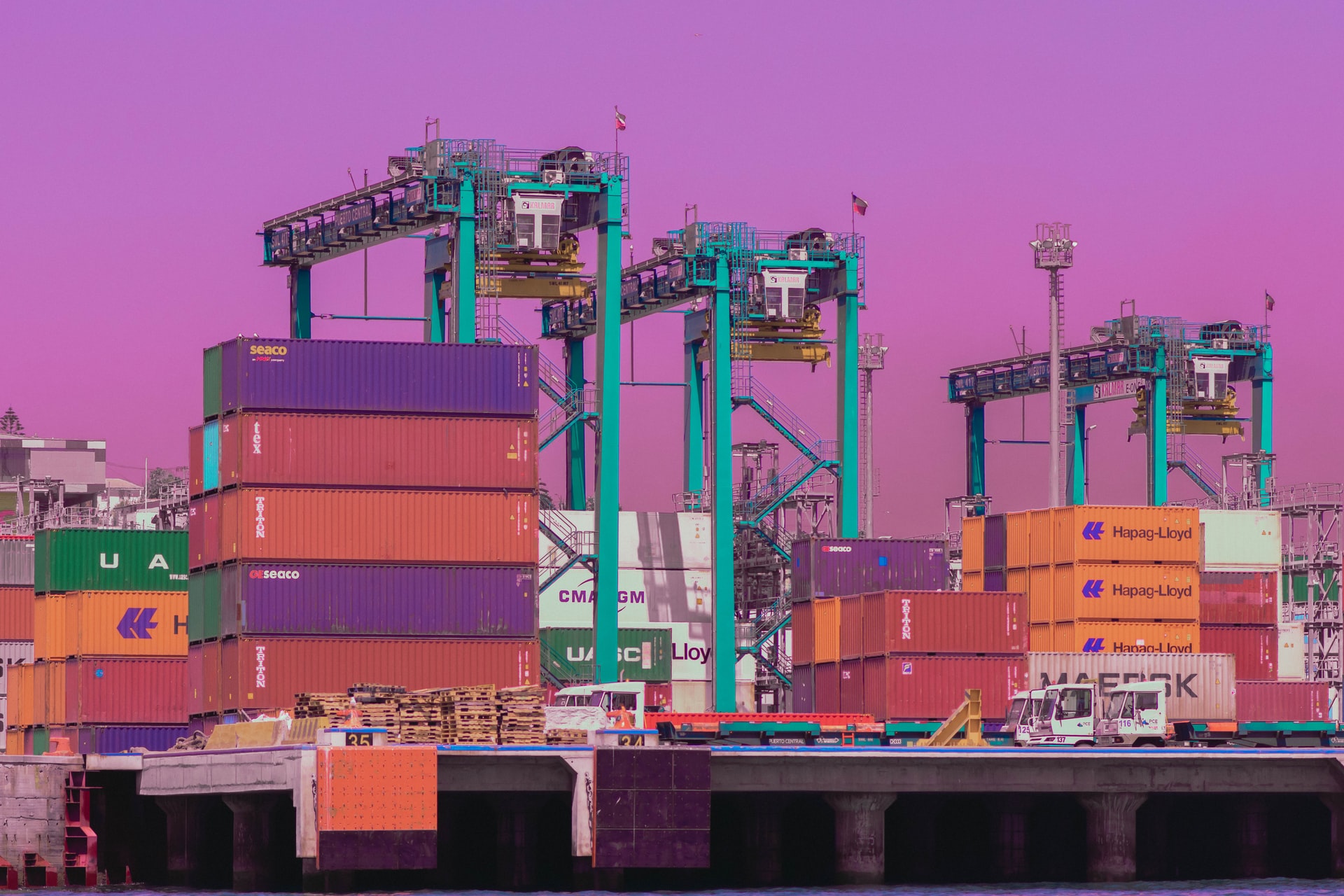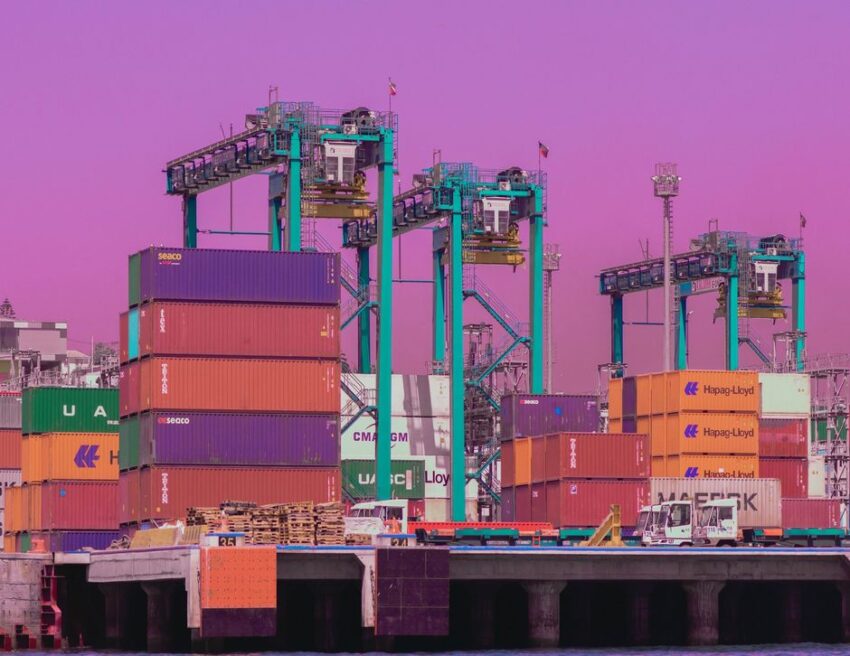With the port congestion, container shortage, skyrocketing demands, and increasing freight costs, the shortage of products still has not abated in the first quarter of 2022. It has become abundantly clear that time alone isn’t going to solve the problem of supply chain disruption that started with the pandemic. The transportation and logistics industry needs more ships, warehouses, truck drivers along with more technological investments to resolve the problem of product shortage.
Multinationals like Whirlpool and Tesla have warned their customers about increasing delays because of the supply chain issues. To quote the Senior Manager of FourKites- a supply chain visibility platform, the “Systemic problems in the supply chains have been building for years…The pandemic has really just highlighted the fragility of our supply chains.” In this blog, we are going to talk about some of the products that will be in tight supply this year because of the challenges in the transportation and logistics industry.

Products that will be in short supply in 2022 due to the challenges faced by the transportation and logistics industry
-
Aluminum
The construction sector is undergoing a hard time because of the shortage of aluminum. Supply chain issues pushed the aluminum price to a 13-years high in the last quarter of 2021. Back in September, the largest convention of American producers, traders, shippers, and consumers of aluminum had made it clear that the shortfall isn’t going to ease any time soon. Additionally, Chinese production of aluminum has gone down considerably. This is due to the Chinese government’s plan to lower its carbon emissions. As per a report from ING Group, the primary production of aluminum in this country is 1.2 million tons lower than expected.
Additionally, shipping bottlenecks and rising demands are posing a threat of material shortage and price hikes. According to a report from Harbor Intelligence, the average price of aluminum in 2022 will be $2,570 per metric ton. However, this rate is almost 9% higher than the normal rate. The rising prices of natural gas in Europe have also led manufacturers to reduce the production of aluminum. This has further worsened the supply situation worldwide.
-
Semiconductors
The shortage of semiconductors or computer chips has reduced the production of vehicles all around the world. Additionally, it has also complicated the production of a wide range of healthcare gadgets. Gina Raimondo, the Commerce Secretary of the USA has described the constant semiconductor shortage as an ‘alarming threat’ to the American industry. The increasing demand for semiconductors is another factor leading to the supply shortage.
Computer chips are used in a variety of products from cars to domestic appliances. Furthermore, the shift of several businesses to 5G is contributing to further strain on the manufacturers. As per a report from Deloitte, the shortage of computer chips since 2020 has led to a loss of over $500 in revenues for global suppliers and consumers. The manufacturers cut down on production in the last two years on the assumption of lockdown and restricted transport options. Presently, they are racing to increase their productions. This will surely help to add to the capacity in 2022. However, even after taking these steps, the producers won’t be able to meet the demand in 2022.
-
Construction materials
Construction workers are not being able to find the basic raw materials required to complete the backlog of building projects. The short supply of raw materials like wood, cement, bricks, roof tiles, steel, and aluminum will continue in 2022. According to the American National Association of Homebuilders (NAHB), last year over 90% of builders had to deal with a shortfall of raw materials. Spike in demand, lengthening of lead times, increase in prices, and restricted transportation options are the major factors behind the building material shortage.
-
Edible items
Although grocery stores are trying to ramp up their supplies to replenish their stocks, a shortage of food products seems like a possibility in 2022. Since December 2021, the new Covid variant has disturbed the normal operations at the food manufacturing units. Moreover, the increased number of Covid positive workers has reduced production capacity and led to increased costs. Additionally, shortage of truck drivers, packing materials, and most importantly shortage of animal feed have contributed to soaring prices and low availability. Several Mcdonald’s outlets are taking french fries off the menu because of the dire shortage of potatoes. Covid related delays, supply chain issues, as well as a 2% decline in net potato yields, have created this shortage.
-
Plastic and packing materials
The plastic resin and packaging materials are yet another area that has been affected by supply chain shortages. To quote Neil Coole, the Director of Americas Food and Retail Supply Chain, “Supply chain disruptions continue to affect the food and packaging industry. With limited supplies of packaging materials, primarily glass, containerboard, cardboard, and aluminum.” Alongside labour shortage and container shortage for transporting bulk materials, the shortfall of packing materials will add to the pressure on producers and suppliers to meet growing demands.


